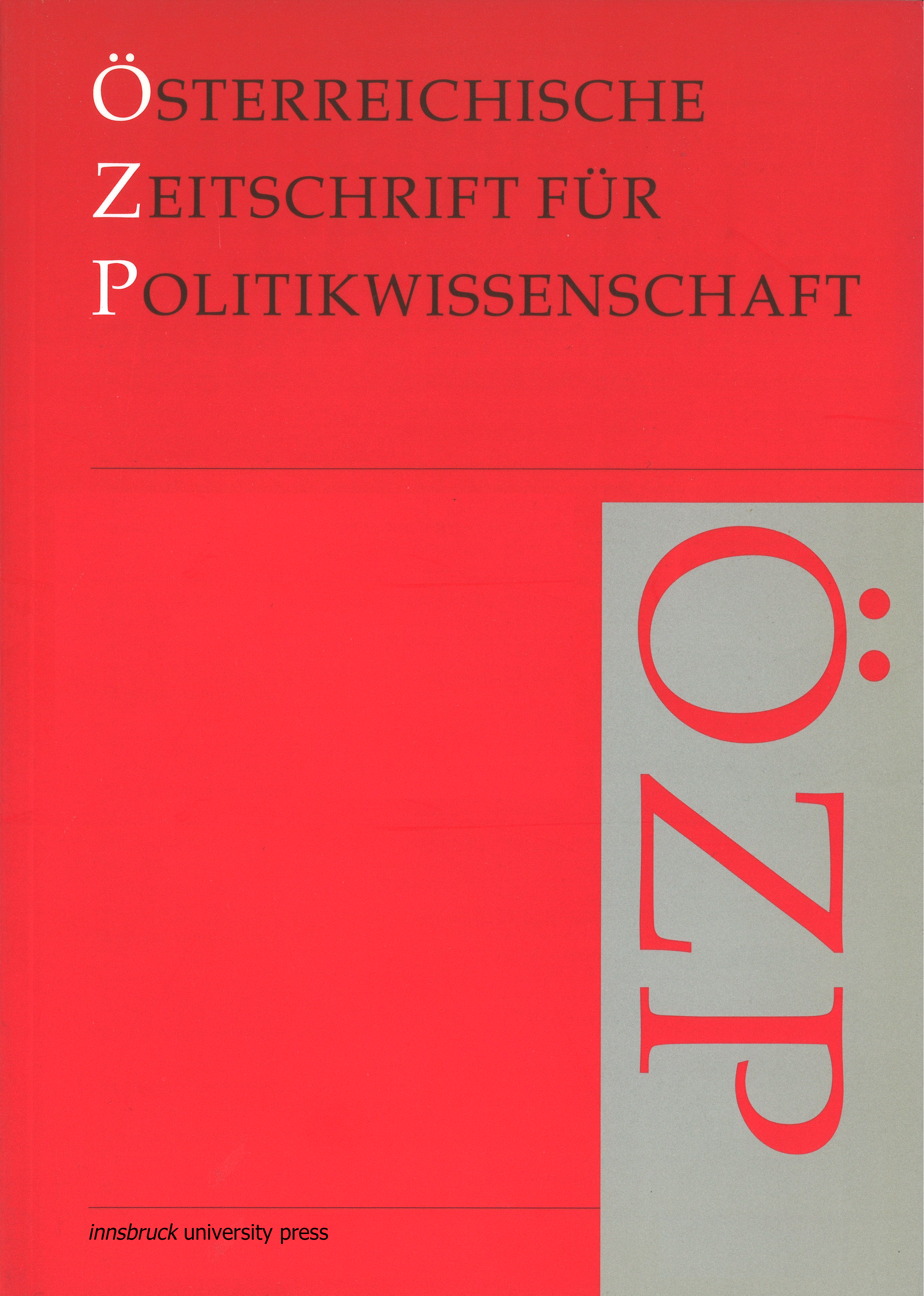The Genesis and Historical Transformation of Austria’s Neutrality
DOI:
https://doi.org/10.15203/4166.vol53.2024Abstract
In hitherto almost 70 years of its existence, the interpretation of Austria's neutrality has been subject to constant change. Starting with current surveys, this article examines the roots of Austrian neutrality and key phases of its interpretation in the international context of East-West relations. The role of the Soviet Union as an incubator of the Austrian declaration of neutrality and a shaping factor for its interpretation receives particular attention. In addition to internal Austrian tendencies that go back to the end of the Habsburg Monarchy and found new support as a result of the East-West occupation of Austria after 1945, the Soviet demand for a declaration of neutrality as the price for agreeing with the withdrawal from Austria in 1955 was the most important root for this. Initially conceived as a pure rejection of alliance membership and military bases, the interpretation of neutrality was subject to a continuous expansion of the duties and tasks of permanently neutral states in peacetime during the decades of the Cold War under the impression of continuous Soviet communication and Austrian efforts to legitimize its policies. The end of the Cold War initiated a movement into the opposite direction. Today, the assessment of neutrality is divided between experts, who view neutrality as an outdated obstacle to security, and the public majority, who views this status as worth protecting. That neutrality continues to exist can therefore be explained by its overwhelming popularity among the population and support from groups on both sides of the political spectrum.
Downloads
Published
Issue
Section
License
Copyright (c) 2024 Wolfgang Müller

This work is licensed under a Creative Commons Attribution-ShareAlike 3.0 Unported License.
The OZP is the authorized quarterly publication of the Österreichische Gesellschaft für Politikwissenschaft (ÖGPW, Austrian Political Science Association)
The author of an article (in case of multiple authors: the corresponding author, responsible for releasing this material on behalf of any and all co-authors) accepted to be published in the OZP hereby acknowledges the following Copyright Notice:
- The author retains the copyright to the article.
- It is the responsibility of the author, not of the OZP, to obtain permission to use any previously published and/or copyrighted material.
- Publication of a submitted text is dependent on positive results from the peer reviewing. In such a case, the OZP editors have the right to publish the text.
- In case of publication, the article will be assigned a DOI (digital object identifier) number.
- The author agrees to abide by an open access Creative Commons Attribution (CC BY nc) license. The license permits any user to download, print out, extract, reuse, archive, and distribute the article in any non-commercial way, so long as appropriate credit is given to the author and source of the work.
- The license ensures that the author’s article will be available as widely as possible and that the article can be included in any scientific archive. In order to facilitate distribution, the author agrees that the article, once published, will be submitted to various abstracting, indexing and archiving services as selected by the OZP.
- In addition, the author is encouraged to self-archive the article, once published, with reference to the place of the first publication.
- After the contribution appears in the OZP, it is still possible to publish it elsewhere with reference to the place of the first publication.
- The finished article, if published, will include a correspondence address (both postal and email) of the author.
- If written under the auspices of a grant from one or more funding agencies, such as FWF (Austrian Science Fund), ERC (European Research Council), and Horizon 2020 (EU Framework Programme), an article accepted for publication has to be deposited in an Open Access archive. The OZP’s archiving policy is compliant with these provisions. (In case the article derives on funding from a different source, the author is responsible to check compliance of provisions.)




